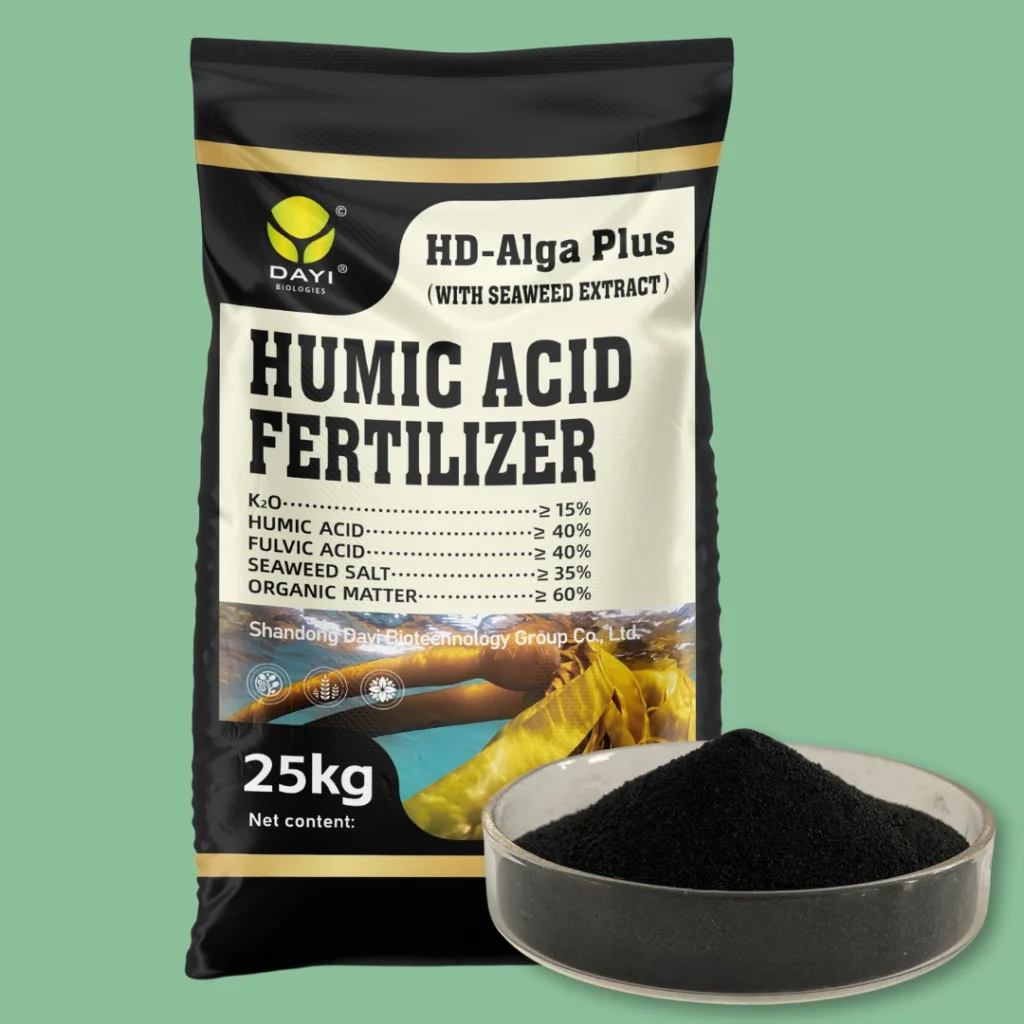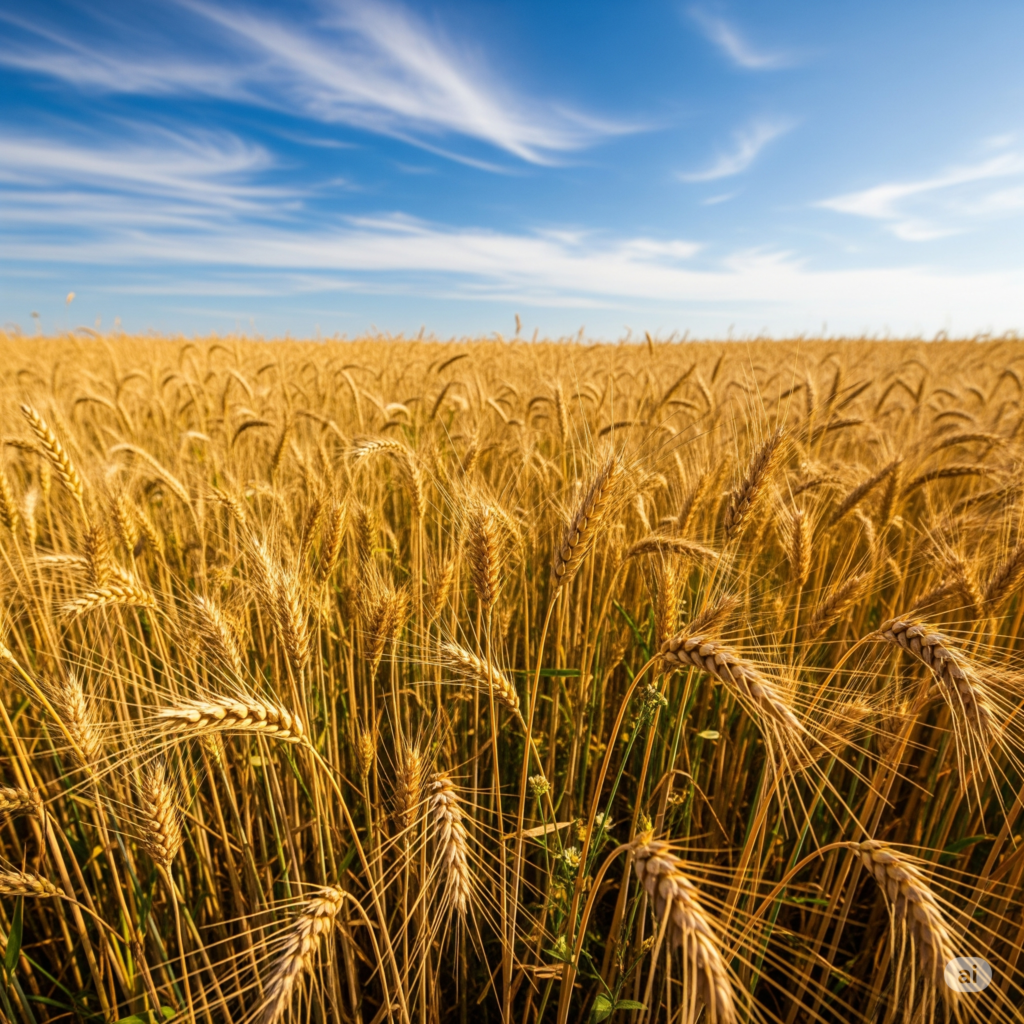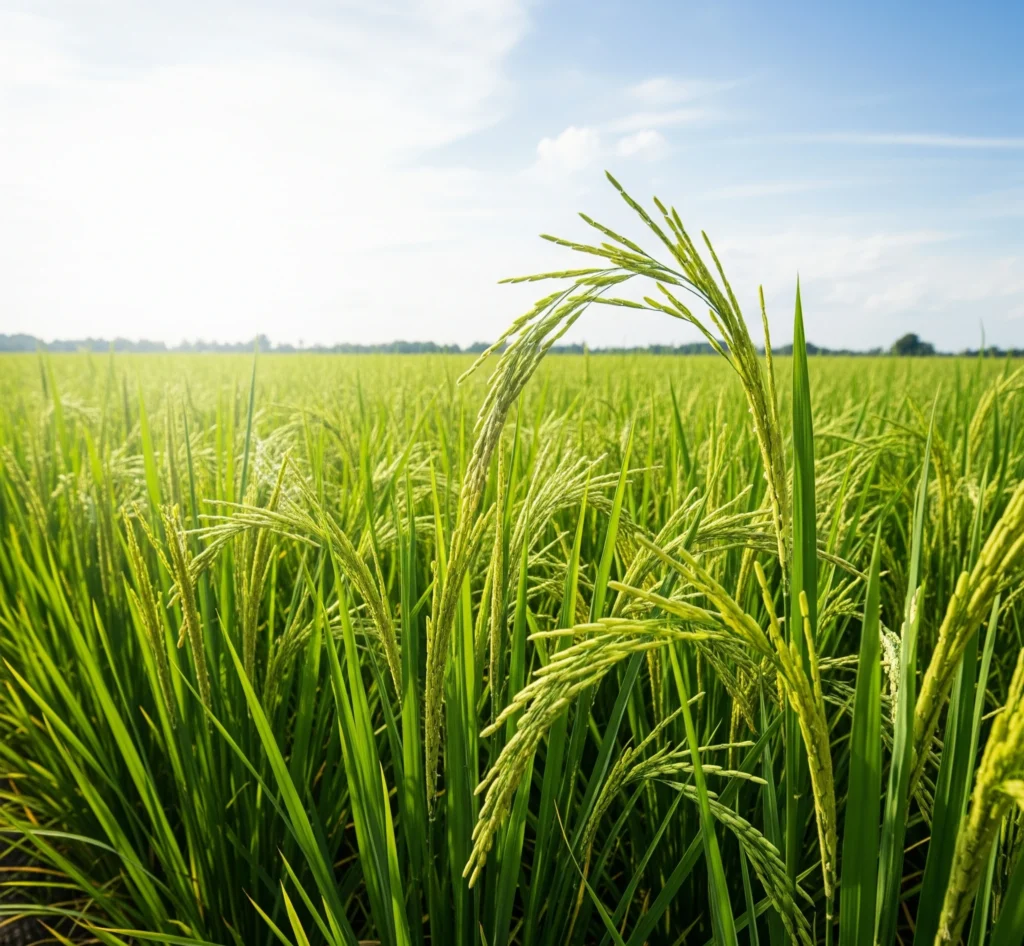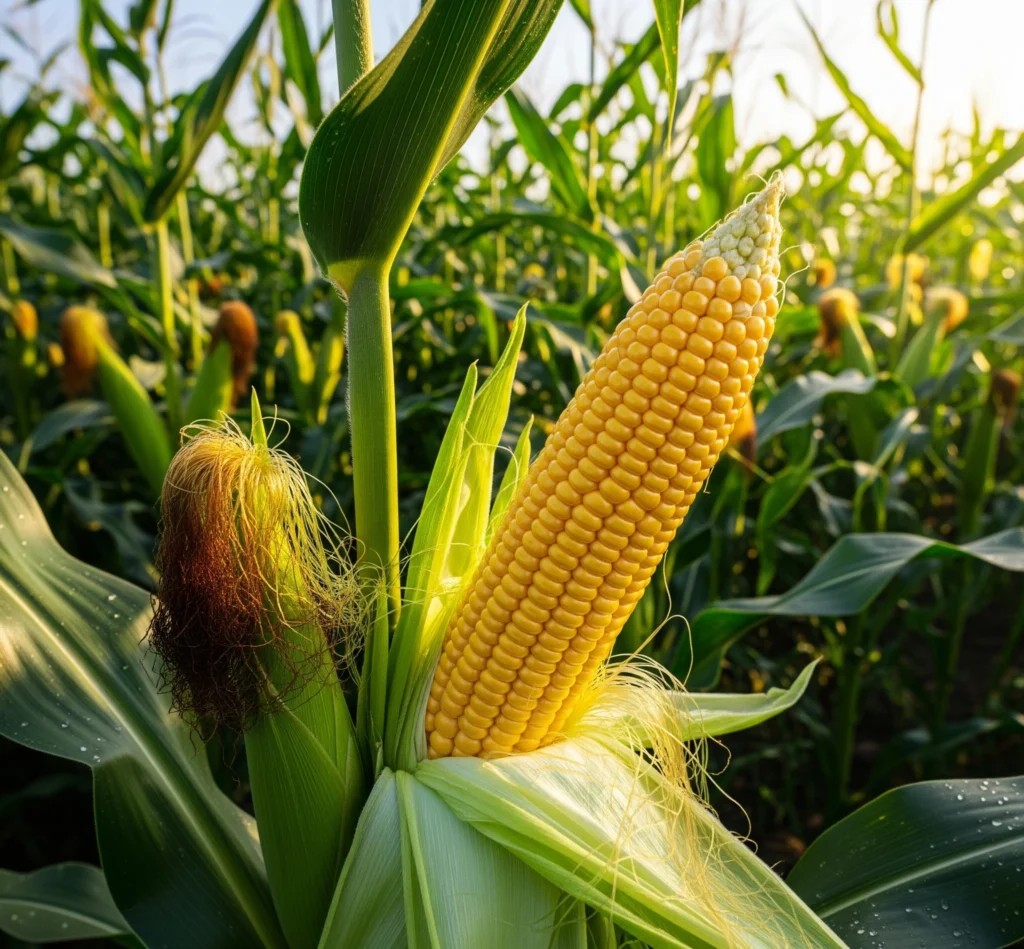Wheat, a venerable grain cultivated for millennia, stands as a cornerstone of global food security. From the humble loaf of bread to nourishing pastas, its versatility makes it an indispensable crop worldwide. Ensuring the health and productivity of wheat fields is paramount for farmers and food systems alike. This comprehensive guide delves into the essentials of wheat cultivation, providing insights into optimal growing conditions, protection strategies, and general care, culminating in how advanced plant nutrition can truly unlock its full potential.
Understanding Wheat: A Global Staple
Wheat refers to a diverse group of grasses widely grown for their edible grains. Primarily, two types dominate global agriculture:
- Common Wheat (Triticum aestivum): The most widespread species, primarily used for baking bread due to its high gluten content.
- Durum Wheat (Triticum durum): A harder wheat, ideal for pasta and semolina products.
Wheat varieties are also categorized by their planting season:
- Winter Wheat: Planted in the autumn, it undergoes a cold period (vernalization) to trigger flowering, then resumes growth in spring, harvested in early summer. This type generally yields more.
- Spring Wheat: Planted in early spring, it grows rapidly and is harvested in late summer.
Cultivation Essentials: Setting the Stage for Success
1. Best Planting Time:
- Winter Wheat: Typically planted from September to October in the Northern Hemisphere, allowing it to establish roots before winter dormancy. In warmer climates, planting can extend into November.
- Spring Wheat: Usually planted from March to May in the Northern Hemisphere, as soon as the soil is workable and the danger of severe frost has passed. Timely planting is crucial for spring wheat to mature before extreme summer heat.
2. Suitable Soil and Weather Conditions:
- Soil: Wheat thrives in well-drained, fertile loamy to clay-loam soils with a good organic matter content. A soil pH range of 6.0 to 7.5 is generally optimal. Proper drainage is critical to prevent waterlogging, which can suffocate roots and promote disease.
- Weather:
- Germination & Early Growth: Requires moderate temperatures, ideally between 10∘C to 25∘C (50-77°F).
- Tillering: Cooler temperatures, around 5∘C to 15∘C (41-59°F), are beneficial for strong tiller development in early spring.
- Grain Fill & Ripening: Prefers warm and dry conditions, around 20∘C to 25∘C (68-77°F), to ensure proper grain development and prevent disease at harvest. Winter wheat especially benefits from a cold, dormant period followed by a mild, moist spring and then dry, sunny conditions for ripening.
3. General Precautions for Healthy Growth:
- Crop Rotation: Essential for breaking pest and disease cycles. Avoid planting wheat after wheat or other susceptible crops.
- Seed Selection: Use certified, disease-free seeds of varieties adapted to your local climate and resistant to common pests/diseases.
- Drainage: Ensure fields have good drainage to prevent water accumulation.
- Nutrient Balance: Avoid over-fertilization, especially with nitrogen, which can lead to lodging (falling over) and increased disease susceptibility. Conversely, under-fertilization will stunt growth and reduce yields.
Protecting Your Wheat: Threats and Strategies
Wheat fields face various threats from pests, diseases, and environmental stressors. Proactive protection is key to maximizing yields.
- Pests:
- Aphids: Can transmit viruses and feed on sap.
- Hessian Fly: Larvae feed on wheat stems, causing stunted growth.
- Armyworms: Defoliate plants.
- Protection: Utilize resistant varieties, implement timely planting (to avoid pest peak cycles), encourage natural predators (e.g., ladybugs), and use targeted insecticides only when necessary based on monitoring.
- Diseases (Primarily Fungal):
- Rusts (Stripe, Leaf, Stem): Characterized by orange or brown pustules, can severely reduce yield.
- Powdery Mildew: White, powdery growth on leaves.
- Fusarium Head Blight (Scab): Affects grain quality and safety.
- Protection: Plant resistant varieties, apply fungicidal seed treatments, use foliar fungicides preventatively or at early signs, practice good crop rotation, and manage crop residue to reduce inoculum.
- Bacterial & Viral Diseases:
- Wheat Streak Mosaic Virus: Transmitted by wheat curl mites, causing yellow streaking and stunted growth.
- Protection: Use resistant varieties, control vector populations (mites), remove volunteer wheat plants that can harbor the virus, and maintain good field sanitation.
General Care for Thriving Wheat
- Fertilization: Conduct soil tests to determine exact nutrient needs. Wheat requires adequate Nitrogen (N) for vegetative growth, Phosphorus (P) for root development and energy transfer, and Potassium (K) for overall plant health and stress resistance. Micronutrients like Zinc and Manganese are also important. Apply fertilizers strategically based on growth stages.
- Water Management: Wheat needs consistent moisture, especially during critical growth stages such as tillering, heading, and grain fill. Drip irrigation or pivot systems can provide efficient and controlled watering.
- Weed Control: Weeds compete fiercely with wheat for nutrients, water, and sunlight, significantly reducing yields. Implement integrated weed management strategies including cultural practices (e.g., proper planting density), mechanical weeding, and selective herbicide application.
- Monitoring: Regularly inspect fields for signs of nutrient deficiencies, pest infestations, or disease outbreaks. Early detection allows for timely and effective intervention.
- Harvesting: Harvest wheat when it reaches optimal moisture content (typically 13-14%) to prevent spoilage and ensure grain quality.
Best Countries for Wheat Cultivation: Wheat is a global crop, extensively grown in diverse climates. The leading producers include:
- China
- India
- Russia
- United States
- France
- Canada
- Germany
- Pakistan
- Australia
- Ukraine
Dayi’s Solution: Elevating Wheat Nutrition with Humic Acid + Seaweed Extract
At Shandong Dayi Biotechnology Group Co., Ltd., we understand that healthy soil is the foundation of healthy crops. Our Humic Acid Fertilizer (With Seaweed Extract) is engineered to provide comprehensive nutritional support specifically for crops like wheat. The humic acid component significantly enhances soil structure, improving water retention, nutrient availability, and fostering a robust microbial environment essential for root health. This leads to more efficient nutrient uptake by wheat plants. Complementing this, the seaweed extract delivers a natural powerhouse of micronutrients, amino acids, and plant growth hormones (like cytokinins and auxins) that naturally stimulate vigorous root development, enhance tillering, and strengthen the wheat plant’s inherent resilience against environmental stressors such as drought, extreme temperatures, and even early disease pressure. The synergy of these ingredients ensures that wheat plants can absorb nutrients more effectively, develop stronger systems, and convert absorbed energy into fuller, heavier grains, directly translating to increased yields and superior grain quality.
Leveraging our advanced “Microbial+” technology and commitment to sustainable solutions, Shandong Dayi Biotechnology Group Co., Ltd. is dedicated to driving innovation in plant protection for a more productive and eco-friendly agriculture.




